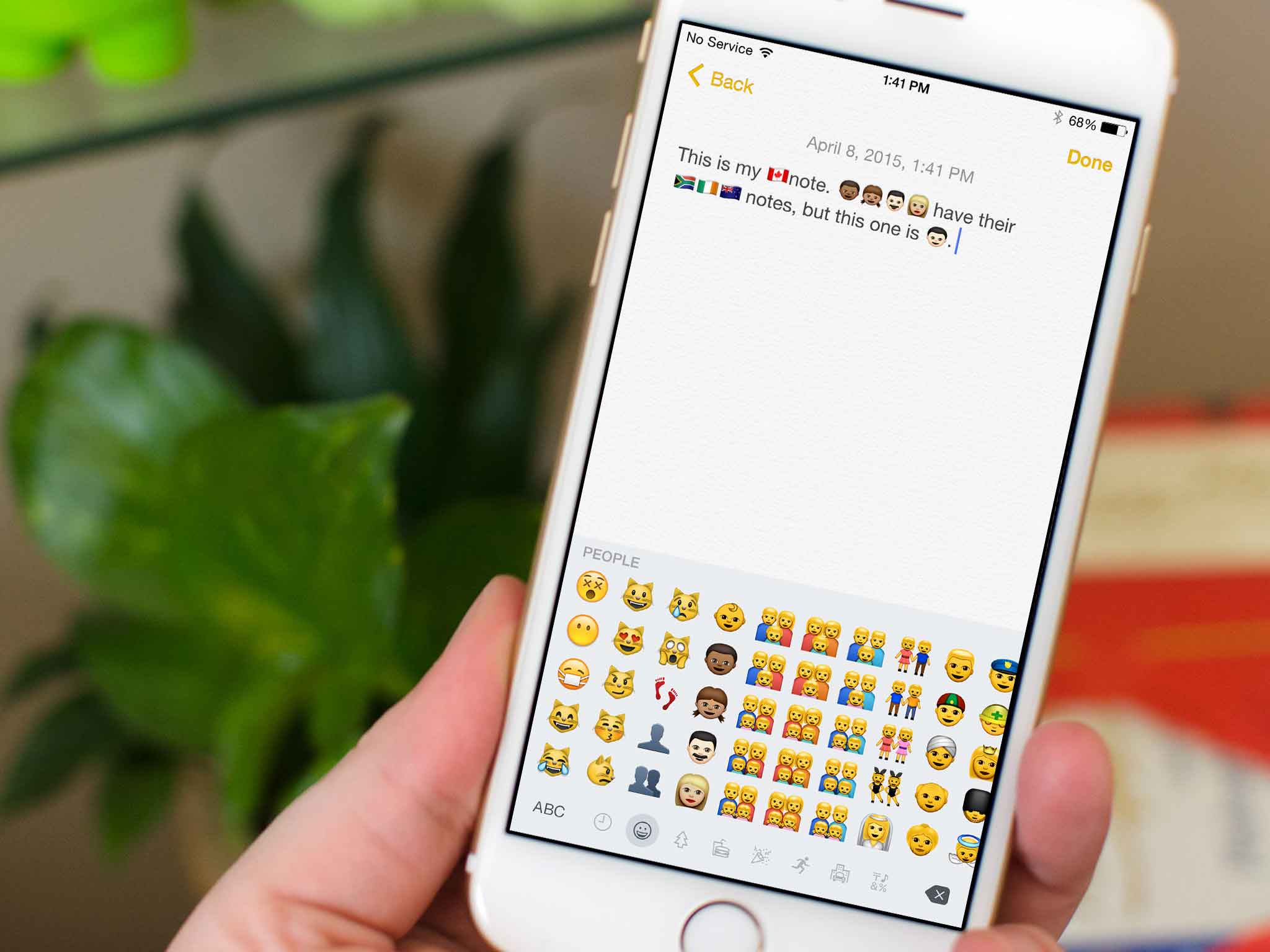How to Change Emoji Skin Tones on iPhone and OS X: A Comprehensive Guide

With the rise of emojis, we are now able to express our feelings and emotions with a single image. But when it comes to skin tones, using the same emoji for every person can be limiting. Thankfully, iOS and OS X now allow users to customize the skin tone of their emojis, making it even easier to express yourself! In this guide, we’ll take a look at how to change emoji skin tones on iPhone and OS X, as well as some tips for getting the most out of your emoji experience.
Background and History of Emojis
The use of emojis dates back to the late 1990s when Japanese mobile carriers took advantage of the limited character limit of text messages to create emoticons. By the early 2000s, users had developed a variety of emoticons, including the now-iconic smiley face. In 2010, Apple introduced the first true emojis to the iPhone, which included faces and other symbols. Since then, emojis have become a popular way to express ourselves, and today there are over 1,800 emojis available on iOS and OS X.
How to Change Emoji Skin Tones on iPhone and OS X
Changing the skin tone of your emojis on iPhone and OS X is easy. First, select the emoji you want to use. Then, tap and hold on the emoji to bring up a selection of skin tone options. Finally, select the one you want to use. It’s that easy!
Tips for Getting the Most Out of Your Emoji Experience
Once you’ve learned how to change emoji skin tones on iPhone and OS X, here are some tips for getting the most out of your emoji experience:
- Choose an emoji that best matches the feeling or emotion you’re trying to express.
- Be aware of cultural differences when using emojis. Different cultures may interpret emojis differently.
- Don’t overuse emojis. Too many can be distracting and make your message hard to understand.
- Use emojis sparingly in professional or formal contexts.
Detail Info Video
If you're curious about the topic covered in this piece, I recommend viewing the video below. In this video, you'll gain extra insights and information on the matter, as well as graphic illustrations of some of the central concepts and ideas covered in the piece. You'll also have the chance to listen to professionals in the industry and engage with like-minded viewers who are interested in the same theme. Whether you're hoping to broaden your knowledge of the subject or simply want to investigate it further, this video is a helpful resource for anyone enthusiastic in gaining more insights. So, if you want to obtain a more comprehensive understanding of the subject, make sure to watch the video below. It's certain to give you the understanding and details you want to expand your knowledge and expertise.
Conclusion
Emojis have become an integral part of our daily communication. With iOS and OS X’s ability to customize the skin tone of your emojis, it’s now easier than ever to express yourself and your feelings. This guide discussed how to change emoji skin tones on iPhone and OS X, as well as some tips for getting the most out of your emoji experience.

Image :
osxdaily.com
In conclusion, About this topic How To Change Emoji Skin Tones On Iphone And Os X our hope is that you found the information presented insightful and useful. It is understandable that our environment is continuously developing, and remaining updated with the latest updates may be difficult. That's why we make it our mission to offer our readers with the most relevant articles out there. Your feedback is important to us, therefore please be sure to leave feedback in the comments section. Thank you for your readership and encourage you to check out other posts on our website to expand your perspective further. Many thanks for being a part of our community!
Post a Comment for "How to Change Emoji Skin Tones on iPhone and OS X: A Comprehensive Guide"